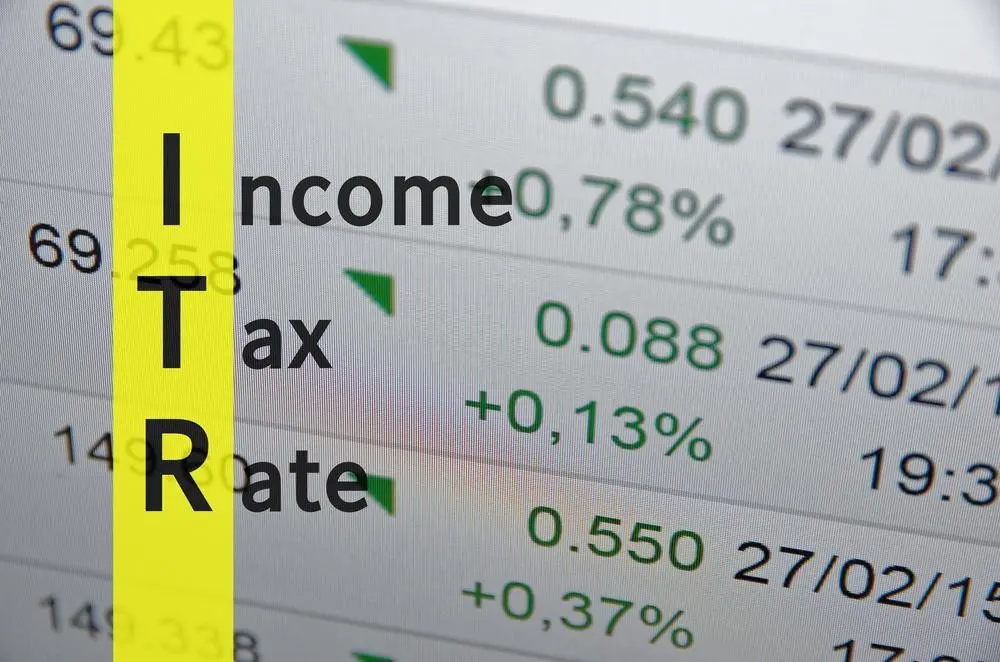Related Articles

What are Form 15G & Form 15H: Parts, Usage, and Eligibility?
Tax Deducted at Source (TDS) is a taxation mechanism that has been put in place to automatically deduct tax at the income source
Read More
ITR Forms
Income tax return forms, commonly known as ITR forms, is a key tax document which tax payer needs to file with the appropriate tax authority.
Read More
What is Form 16: Eligibility, Significance, Format, and Issuance
At the time of income tax filing, one of the essential income tax documents for salaried individuals is the Income Tax Form 16
Read More




